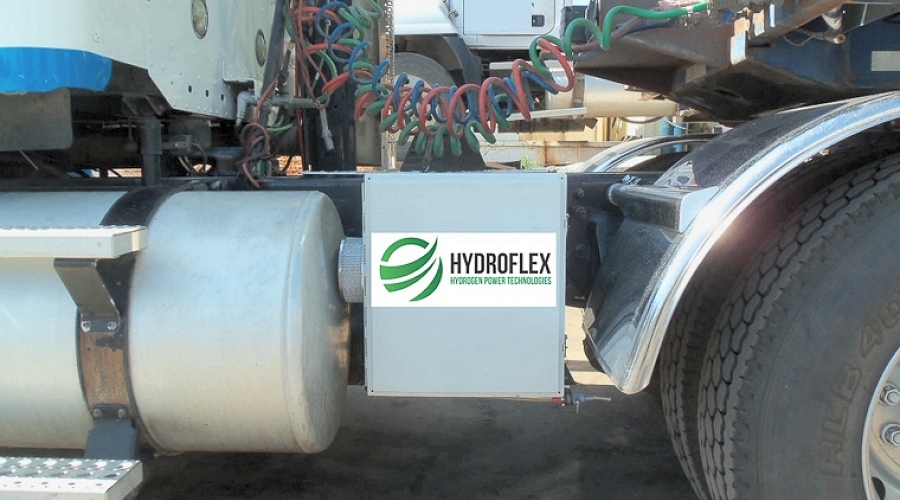
A DEVICE to cut fuel use by 10 to 15 per cent while reducing the exhaust emissions of internal combustion engines will be targeted at the mining and transport industries.
Hydroflex is preparing for final trials of its version one hydrogen-based fuel reduction system in South Australia ahead of a commercial launch.
The systems can be fitted to any internal combustion diesel or petrol engine ranging in size from a car to a cruise ship.
The company is initially focusing on large engines such as generators on mining sites, long-haul trucks, ships and diesel trains because they represent the biggest opportunities in terms of fuel savings and emission reductions.
Independent testing will begin on generators for the mining industry and trucks for the transport industry in the coming weeks.
The first commercial units are expected to be available for sale before the end of the year.
Hydroflex, formerly known as Hydrogen Power Systems, relocated from San Diego in the United States to the Tonsley Innovation Hub in the South Australian capital Adelaide in April.
Chief Technology Officer and inventor Richard Connors has been working on the device for a decade.
He said unlike catalytic converters and diesel particulate filters that treated emissions “after the fact”, his device used hydrogen and oxygen to increase the amount of fuel burnt in the combustion process.
“We have a device that is cost effective and delivers value to the bottom line of the customer and at the same time reduces all seven types of pollution that normally come out of the back end of an exhaust pipe – we positively reduce all of them at different ratios,” Connors said.

The device includes a 1.5 litre tank of water with an electrolyte in it. A small voltage of electricity is applied to the water to initiate electrolysis that creates hydrogen and oxygen vapour. The vapour is then piped through a standard rubber hose to the front of the air filter where it is combined with normal air to produce a hydrogen enhanced combustion process.
“So our hydrogen and oxygen is not a fuel, it is an accelerant that is consumed in the process and thereby because it moves the flame front faster it burns more of the fuel leading to more power and less pollution,” Connors said.
“To run this thing all they have to do is add 1.5 litres of ordinary tap water every 2000km.”
Connors said previous hydrogen systems relied on pressurized gas cylinders, needed operator intervention and had safety issues requiring certification.
The Hydroflex device has been vetted by government officials and does not need any special approvals before being fitted to an engine.
Pricing will be dependent on the size of the engine and the level of after sales support required, but payback periods would average about 12 months for most engines.
The reduction in carbon emissions could also make companies eligible for carbon credits.
The device can be moved from one vehicle to another and updated as new versions are developed.
Connors said each device had an expected life of at least five years.
“If a part wears out you put another part in,” he said.
“If it’s properly maintained it can last as long as your truck and then some.”
Hydroflex Chief Operator Officer Ron Basset said payback times would also depend on vehicle usage.
“A truck driving from Adelaide to Melbourne goes through $100,000 a year in diesel so even at a 10 per cent saving that’s $10,000 a year,” he said.
“What we want to do initially is work very closely with two or three companies in the mining and transport industries.”
Hydroflex received positive feedback when it launched its promotional video was launched at Entrepreneur’s Week in Adelaide this month.
“The benefit of our system is that if something goes wrong for whatever reason, the only thing that happens is the motor continues to run normally, it just doesn’t get the extra fuel savings,” Basset said.
“A lot of the other technologies out there are years away from commercialization, this is ready now and that’s the most exciting thing about this project.”
Version one is for vehicles manufactured up to 2010. Version two, designed for more modern engines, is about three months away.
“Then we will see version three in 18 to 24 months, which will fit in everyone’s car and we envisage that people will be able to buy it and get it installed for between $300 and $400 that’s our target,” Basset said.
The company is looking to raise between $500,000 and $1 million (AUD) in capital in the next month or so to help accelerate the commercialisation.